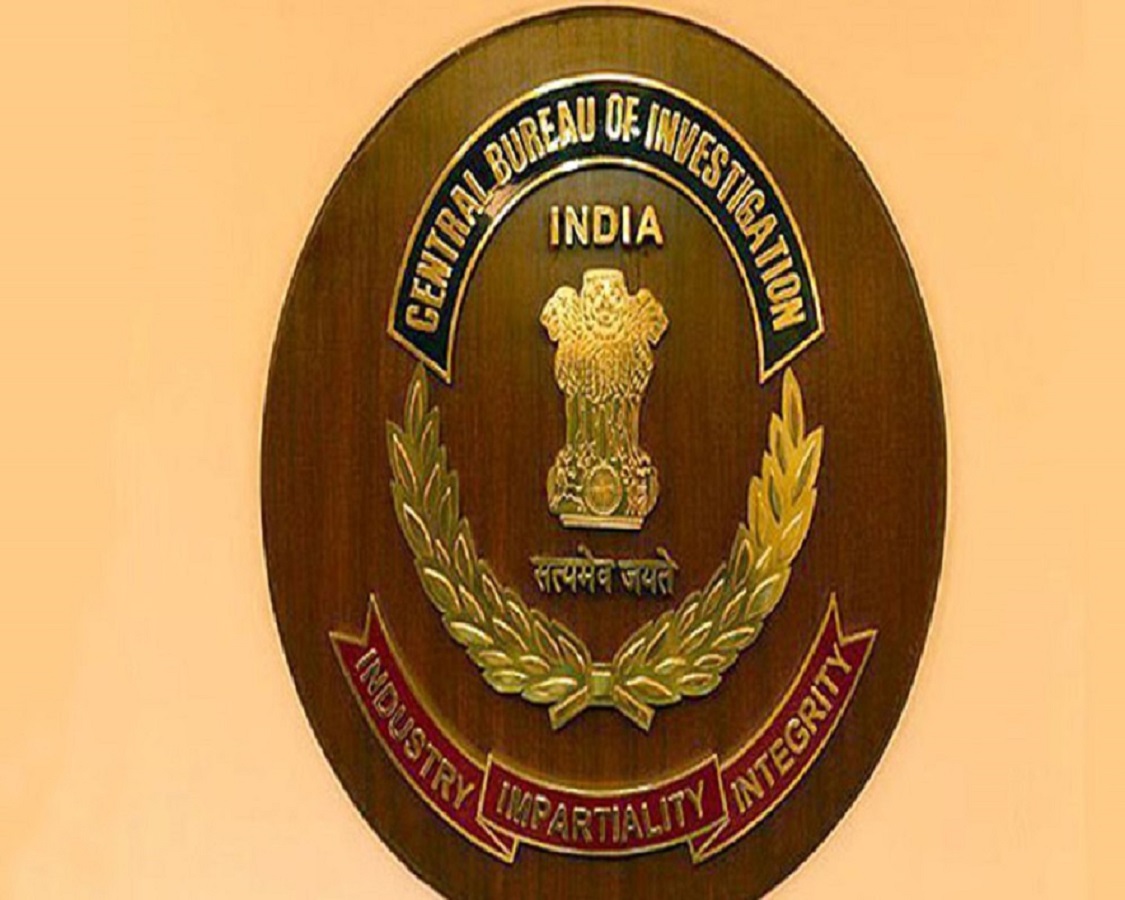PANAJI:
Ltd. In the month of January 2017, lifeguards rescued 30 swimmers arsing from 23 related incidents reported along the beach stretches in the non-swim zones.
Through the month of January, a total of 40 rescue incidents were recorded and reported which lead to 49 individuals being rescued. Besides related to currents, these included change in the depth of water level, injury due to broken glass pieces, water sports related incidents, fatigue and general health related incidents.  Of the 49 individuals rescued, 15 were foreign tourists while 34 were Indian nationals, both domestic tourists and locals.
Of the 49 individuals rescued, 15 were foreign tourists while 34 were Indian nationals, both domestic tourists and locals.
Underwater currents are one of the leading cause of drownings in the open sea. In a bid to keep swimmers who venture into Goa’s waters safe, Goa Tourism appointed Drishti Lifesaving Pvt. Ltd in 2008 who provide professional lifeguard services on behalf of The Department of Tourism, Government of Goa along the coastline of Goa. Since then, the number of drownings have reduced by 99% and significantly improved the tourist experience in Goa.
Each morning, lifeguards map the sea activity and identify safe swim zones along every beach and mark them with the familiar red and yellow flags. Unsafe zones which are at risk of Rip and underwater currents are marked out by red flags.
Explained Lalit Negi, GM, Training, Drishti Lifesaving Pvt. Ltd, “Goa’s coastline is such that it requires mapping every morning. The first thing the lifeguards do in the mornings is to scan the coast for obstacle points and the flags are placed accordingly. The lifeguards know the areas where permanent rips exist and where temporary rips could arise.”
Negi further explains, “To avoid rip and under water currents swimmers are always informed that they should swim only in a zone where they can see the red and yellow flags. These are safe zones to swim in. Also, one must read the boards put up at the beaches to be able to recognise the flags before entering the water.”
An area on the beach where the waves are not breaking, but instead you see sandy water or the white foam are signs of an existing rip current Negi explains further. Rip currents regularly occur near rocky areas or when you notice a sandbar, these are usually the non-swim zones. Rip currents can continue for several minutes, or even for several hours. Some are brief occurrences while some permanently remain due to the sandbars.
Adds Negi, “In every rescue case the respective lifeguard checks the victim’s vitals, if observed that the victim is facing any sort of difficulty then they are put in the recovery position and administered oxygen and an ambulance is called for. In case of no abnormalities the victim is released with a few safety tips.”
Drishti lifeguards monitor 22 beaches across South Goa and 14 beaches across the North Goa stretch.
#Listentoyourlifeguard: Beach Safety tips by Drishti Lifesaving: Dos and Don’ts
Always swim in the safe swim zones as marked out by the lifeguards. When on a lifeguarded beach find the red and yellow flags and always swim between them. Do not venture into the no-swim zones
Whenever possible always swim at a lifeguarded beach.
If you have an encounter with a rip current while swimming the best to do is to stay afloat and alert the lifeguard on duty. The lifeguards are constantly monitoring the beach and are trained to identify incidents.
Never swim alone. If you get into trouble, stick your hand in the air and shout for help.
Always read and obey the safety signs usually found at the main entrance of the beach.
Do not attempt to rescue if you see anyone in difficulty if you are not a trained lifeguard. If on a lifeguarded beach, contact the nearest lifeguard or approach the lifeguard tower.




